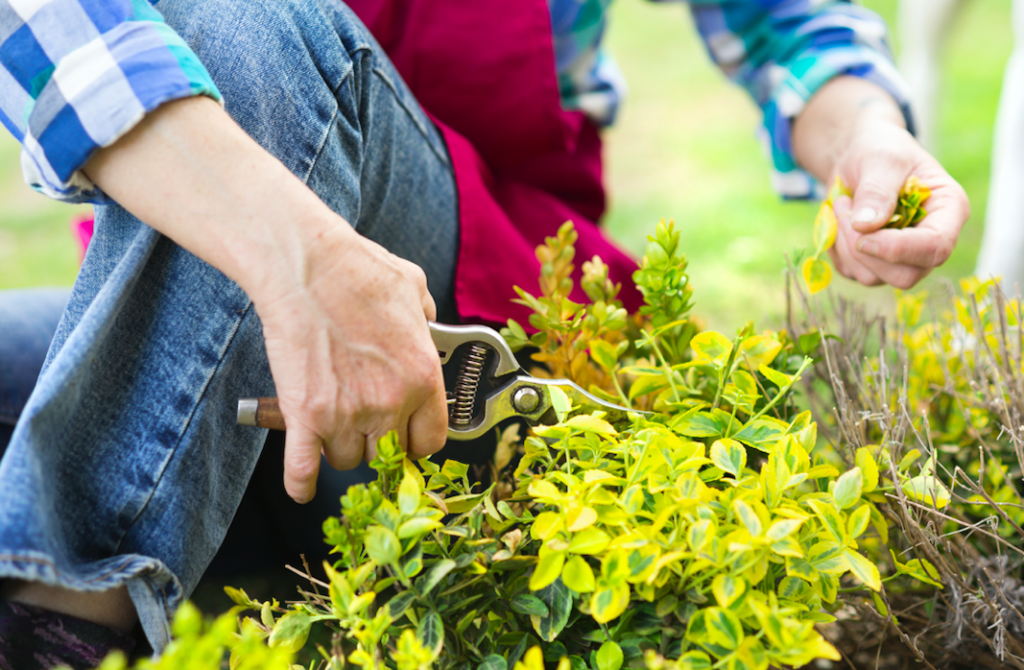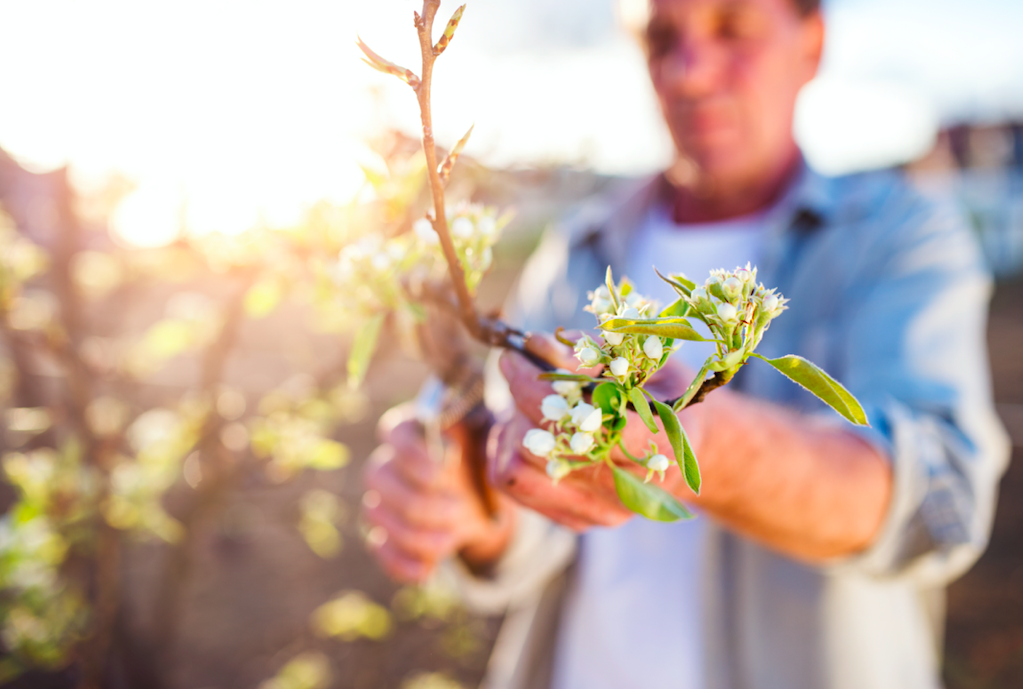Fall pruning is one of those tasks that signifies the end of the growing season. However, it is important to only cut back the plants that benefit from this. Professional landscapers know not to get over-enthusiastic and make pruning mistakes that can cost them growth next year or even harm the health of their plants. Not sure what to cut back? Or asking yourself if it is okay to trim bushes in the fall? Learn which plants you should be pruning in October and which you should leave alone.
Why You Shouldn’t Trim Some Bushes in the Fall
Whether or not to trim comes down to characteristics specific to each plant. Bloom time is the cue for whether it is okay to trim a plant in the fall. Plants that bloom in the spring are busy forming buds in the fall. This means, if they are trimmed as part of October pruning, the new growth will be cut off. As a result, you will not get any spring blooms.
Plants You Should Never Trim in the Fall
Trimming any of these plants in the fall can lead to disappointment in the spring when there are no overwintered buds to bloom. Be careful when dealing with any of these:

Azaleas and Rhododendrons
One of the pleasures of gardening is the showy blooms you can expect on these shrubs in spring each year. They come in a range of colors on shrubs that range from three to six feet, depending on the variety. Pruning these in the fall could mean no bloom in the spring. Pruning these shrubs after bloom time is ideal to reduce the size of the shrub without removing too many of the flower blooms
Lilacs
These fragrant shrubs bear showy clusters of flowers in lavender, white or pink in the spring, but only if you give them the time to properly grow. The number of flowers often depends on the type of winter you’ve had. Colder temperatures mean better performance in the spring.
Forsythia
The foliage of this plant is dense enough to make it an appealing clipped hedge, providing privacy and beauty. In the spring, many varieties present tiny yellow or orange flowers.
Flowering Pear, Cherry and Crabapple
These loosely related plants are all in the rose family. What individual blooms lack is more than made up for in their abundance. Give them time to overwinter their buds for a fairytale display in spring.
Hydrangea
This plant will happily provide large sprays of long-lasting flowers in colors that include blue, pink, red, purple and white. One of the many perks of hydrangeas is that flower color changes depending on soil conditions. Acidic soils will produce blue tones while soil that tends toward alkaline makes blooms in hues of pink and red.
Endless Summer Hydrangeas should not be pruned in the fall. Instead, prune them only in May. This will ensure the flower buds that have made it through the winter have emerged. Prune out only dead wood and leave any green buds or leaves.
To prune the Limelight Hydrangea, simply cut off ⅓ of the total height of the shrub. Prune your Limelight in late winter or early spring, before new growth emerges. Because this shrub blooms on new wood, you do not want to potentially cut off any flower buds for the upcoming season.
Oakleaf hydrangeas bloom on the previous season’s growth, so prune right after flowering in the fall or in early winter. Prune the older growth from oakleaf hydrangeas after the shrub flowers. Take one-third of the total growth or less to avoid cutting off next year’s blossoms.
When to Prune Flowering Shrubs
If you aren’t sure whether it is okay to prune flowering shrubs, think in terms of when the plant blooms. If a plant is one that blooms later in the spring or one that blooms in the summer, it may be okay to trim it now. Late-blooming plants typically make their flower buds on spring growth. Because of this, trimming in the fall won’t hurt them, since you aren’t removing already formed spring buds. A few examples of plants that can be safely trimmed include caste tree, gardenia, butterfly bush and angel’s trumpet.
Takeaways
No matter what you have blooming in your yard, remember a few keys:
- Don’t trim spring-blooming plants in the fall.
- Some later bloomers can be trimmed safely.
- Trust an expert when you’re in doubt.
Not sure what you should trim and what might be harmed by your excess attention? Trust an expert instead. The family-owned firm Sponzilli Landscape Group is trusted by discerning businesses and homeowners to keep their landscaping flourishing and healthy year after year. Give us a call for a consultation.

